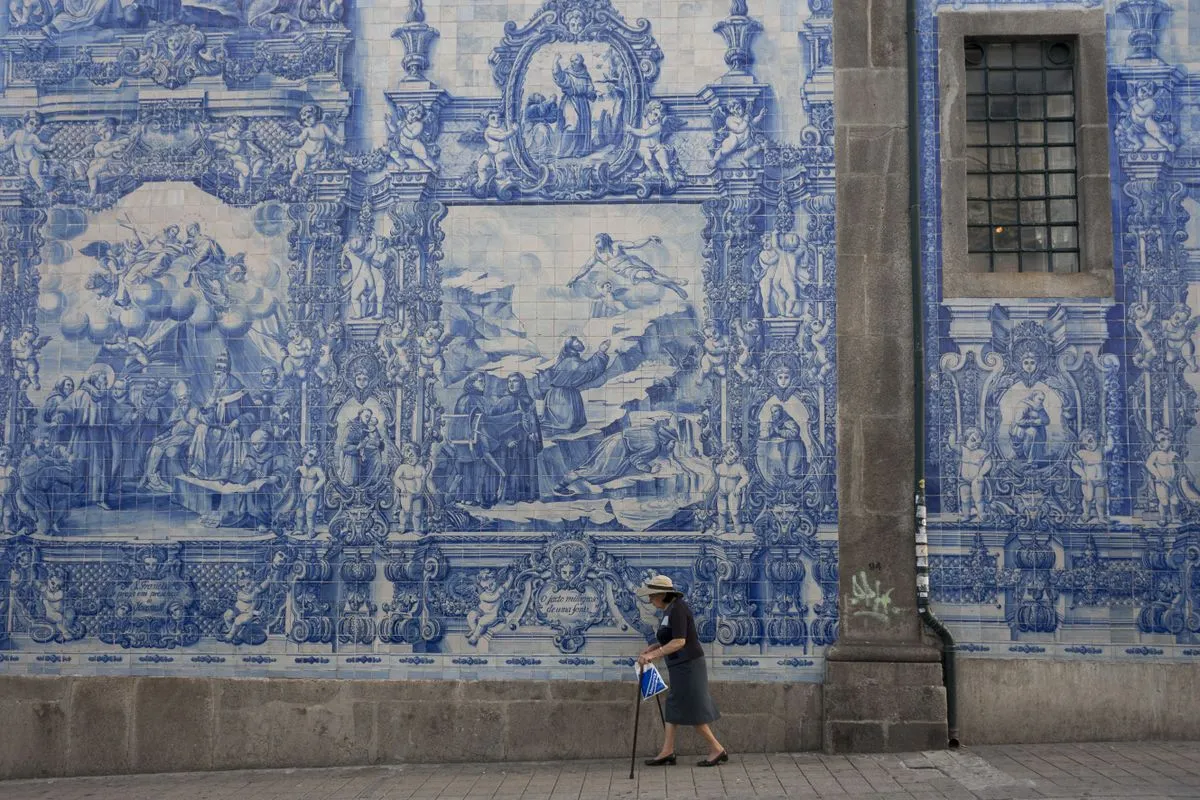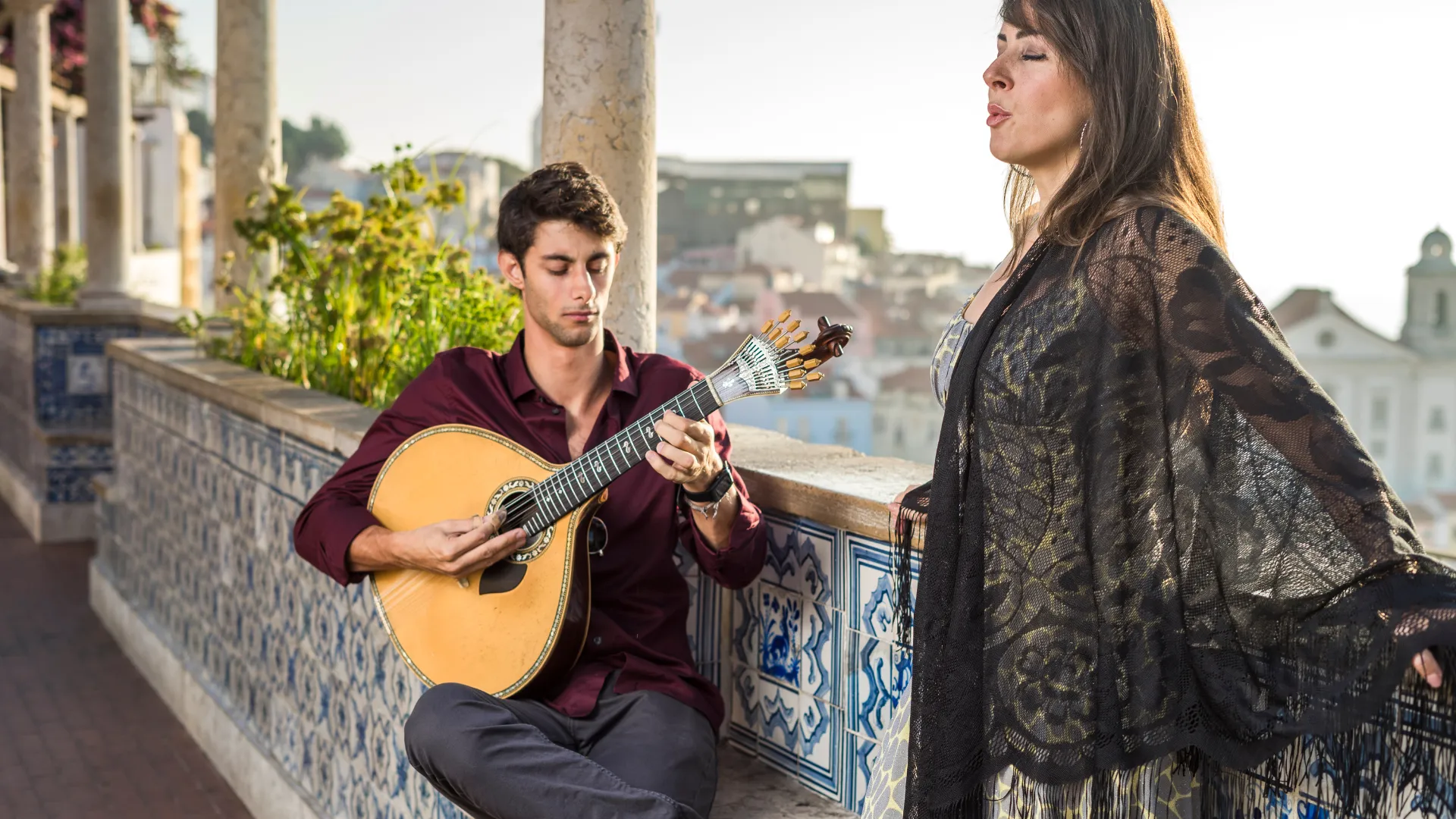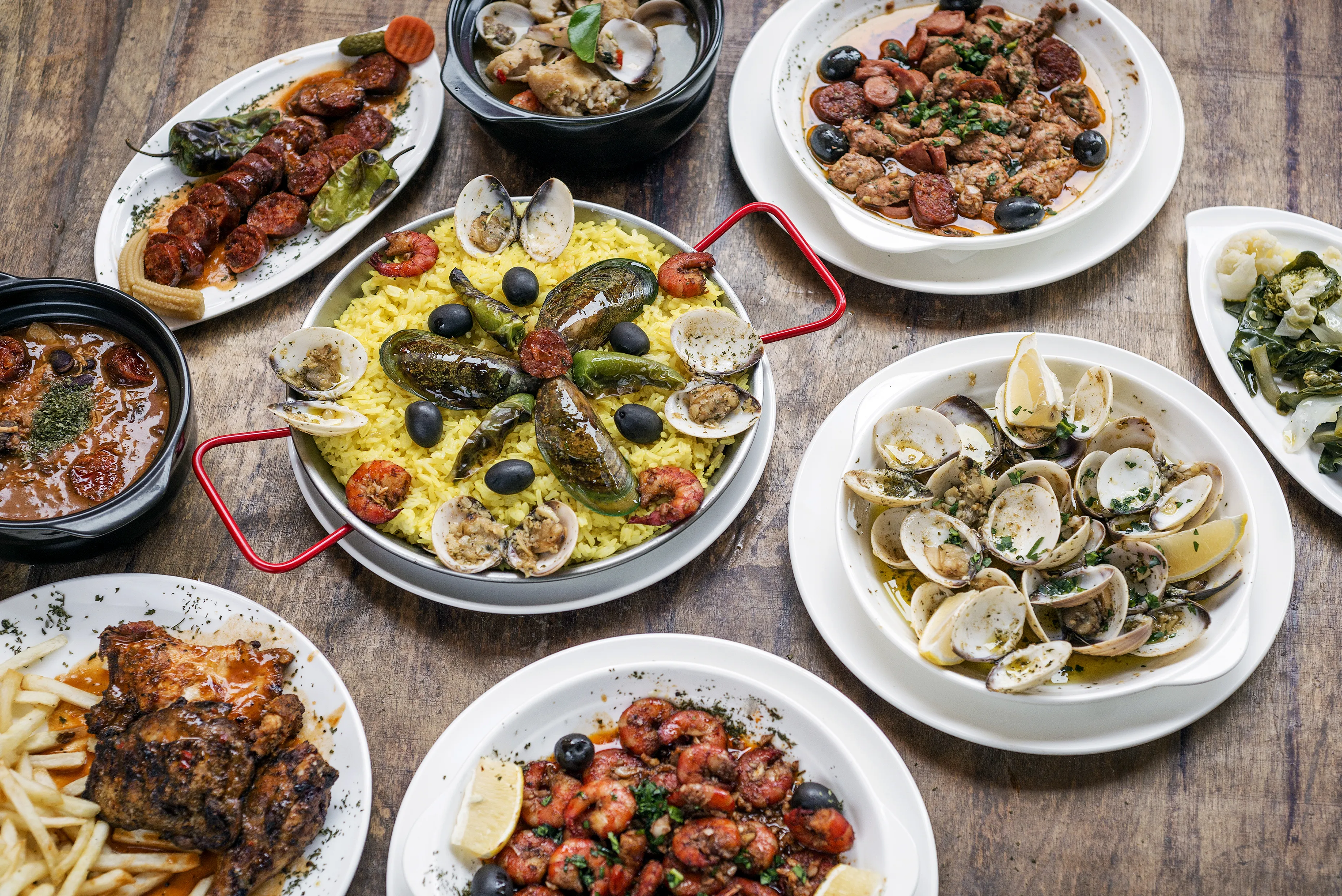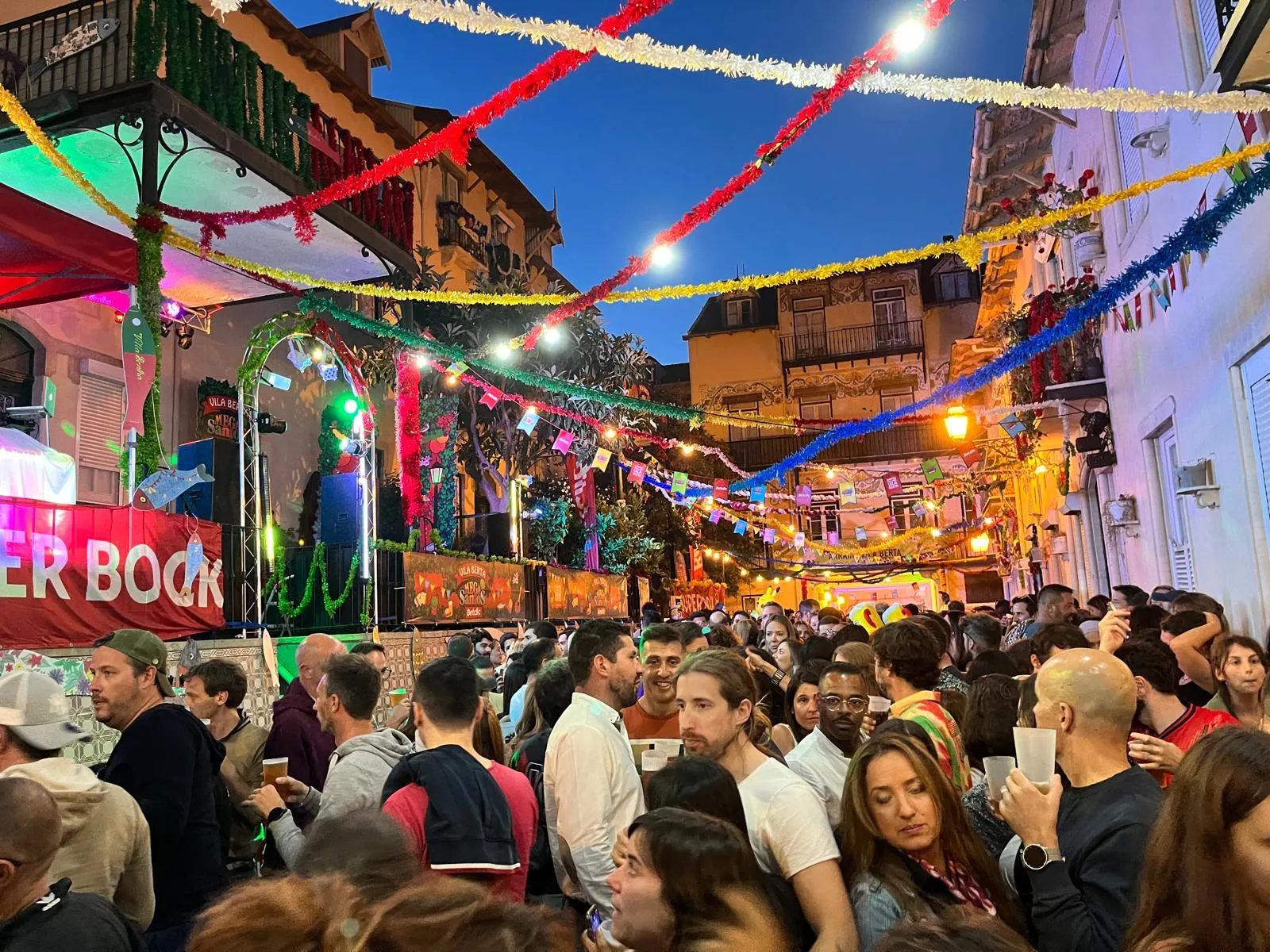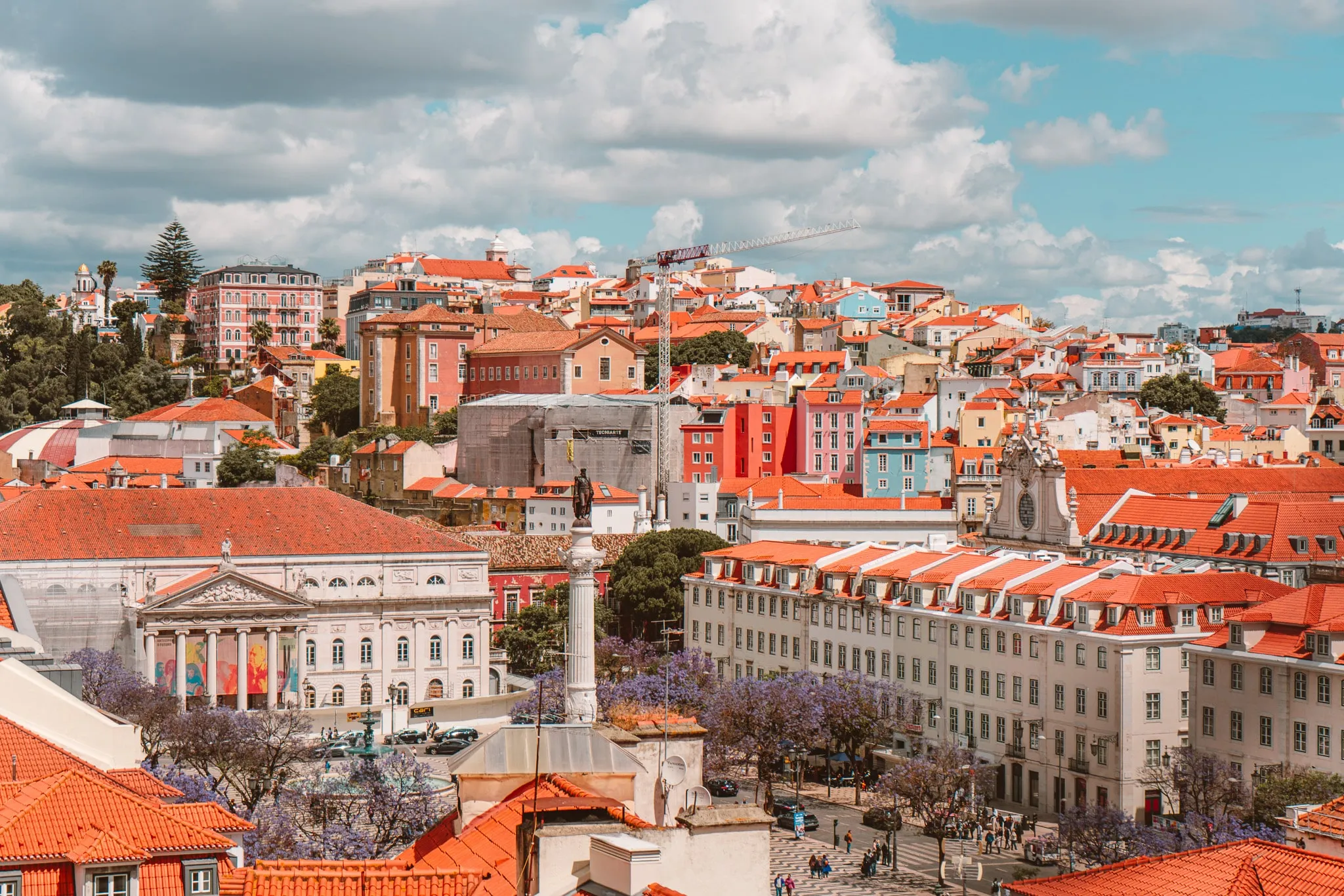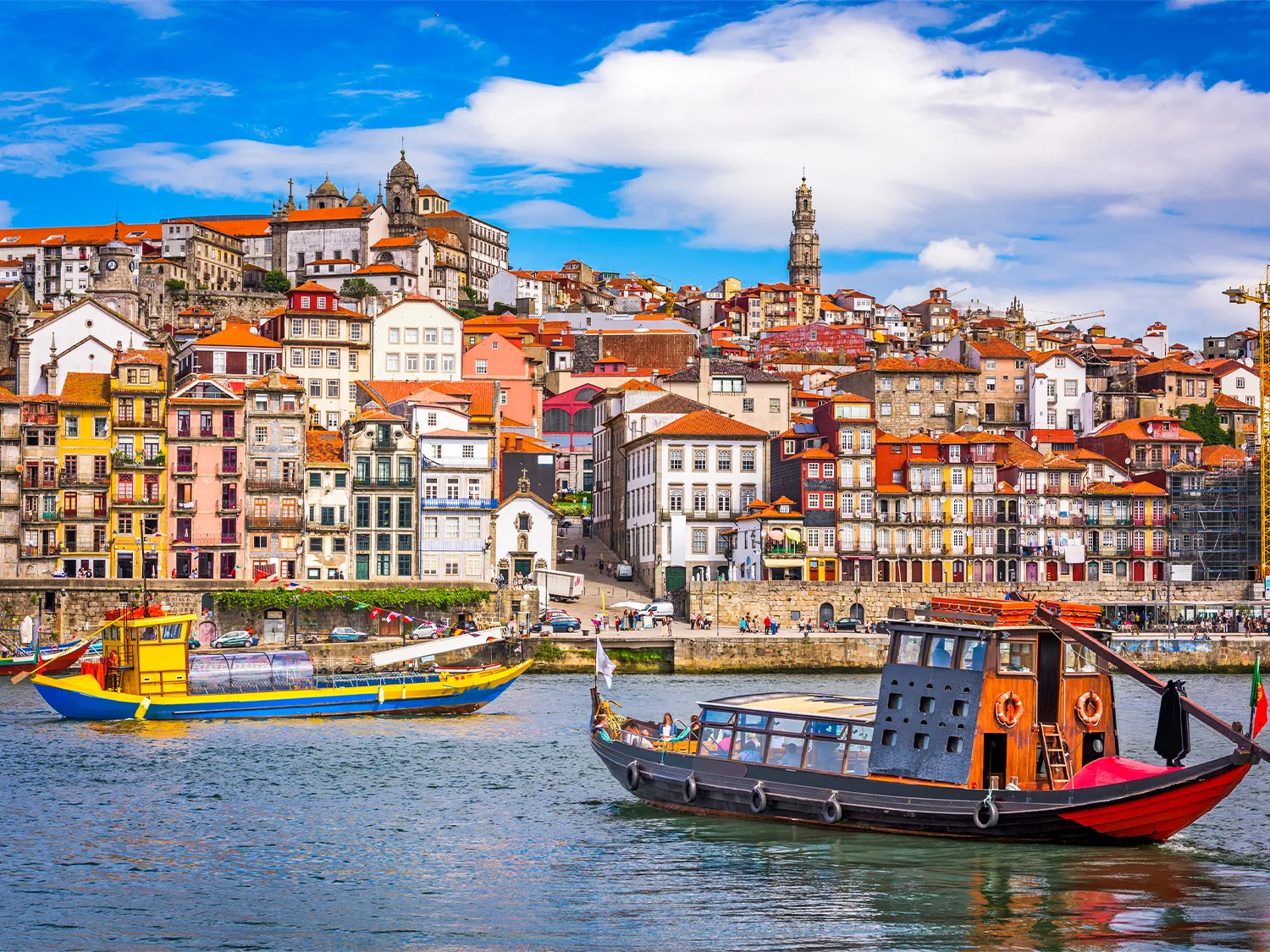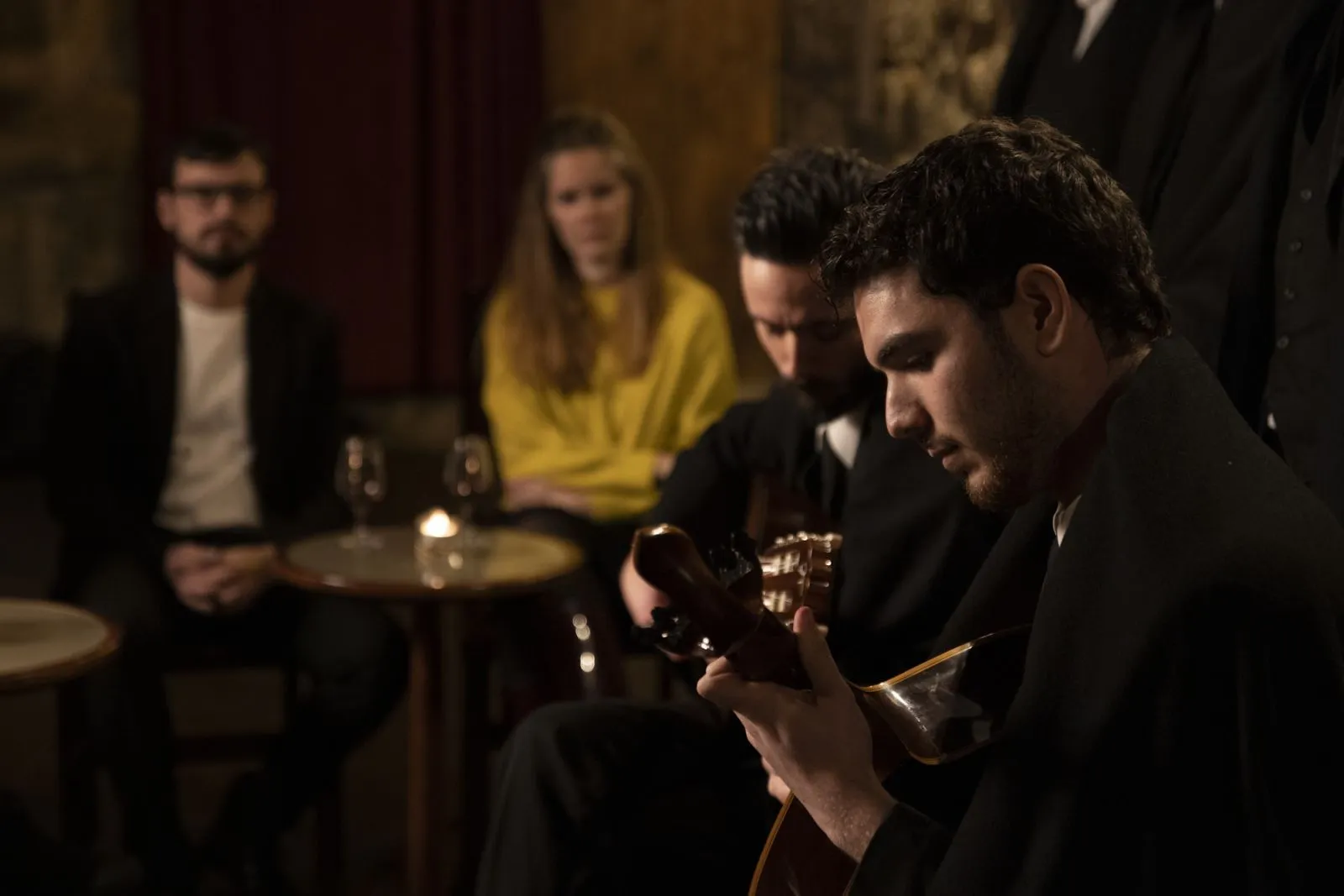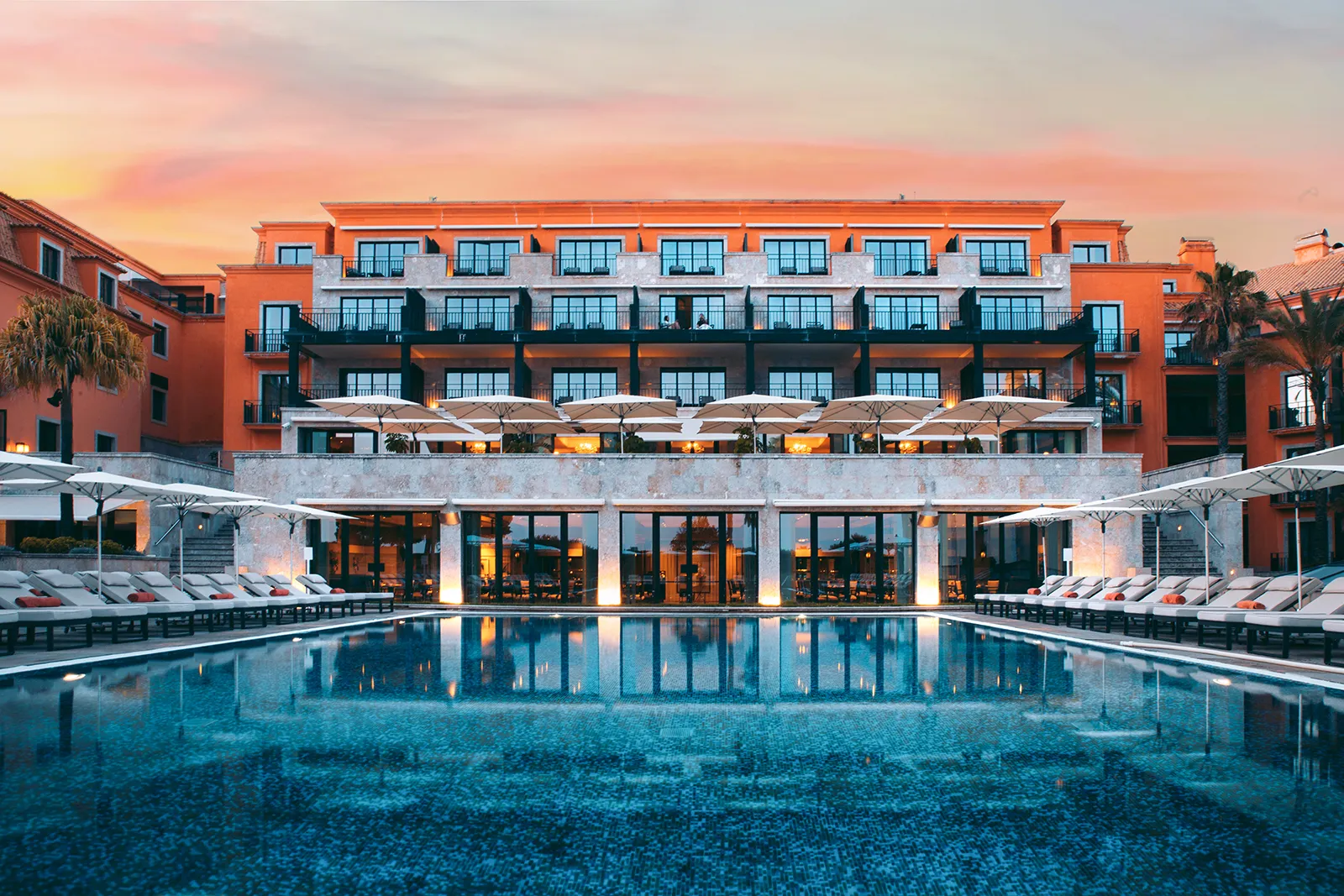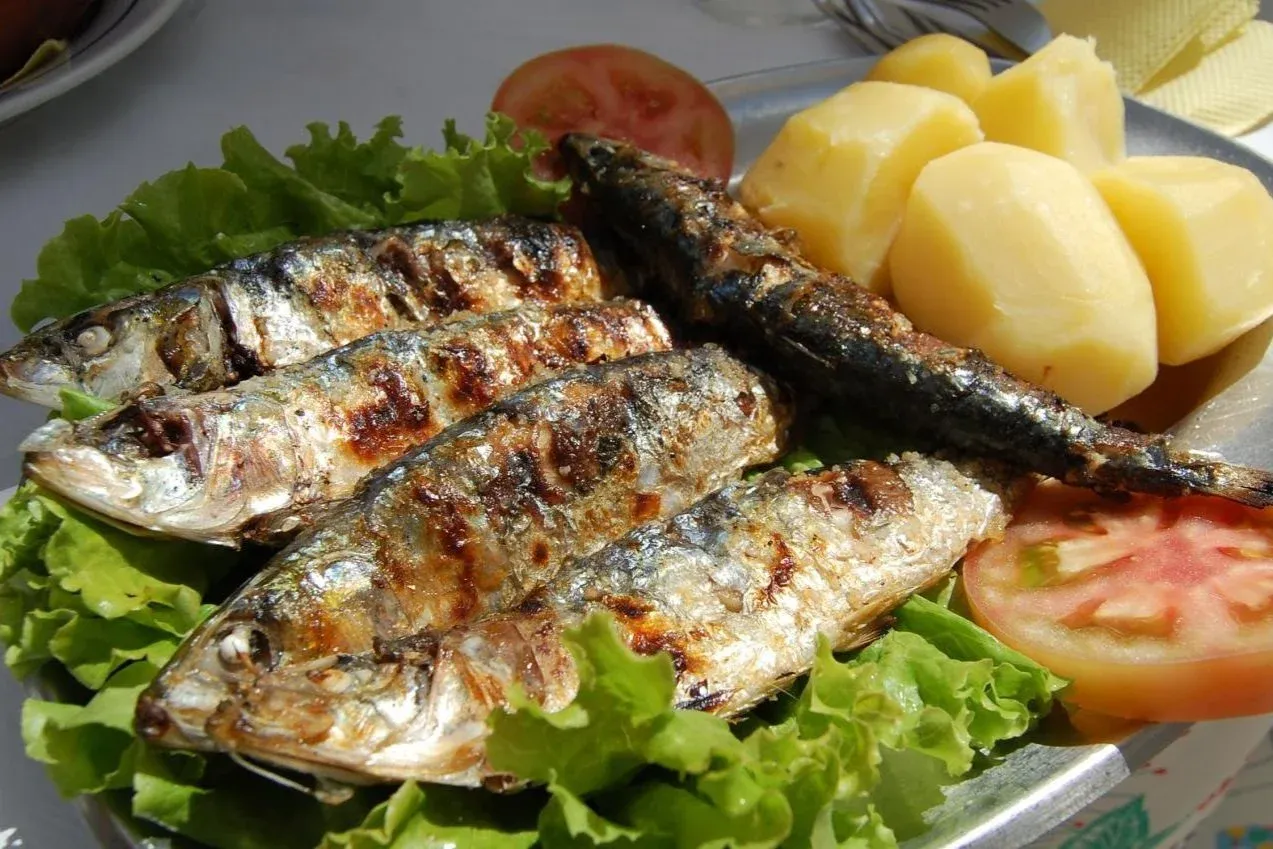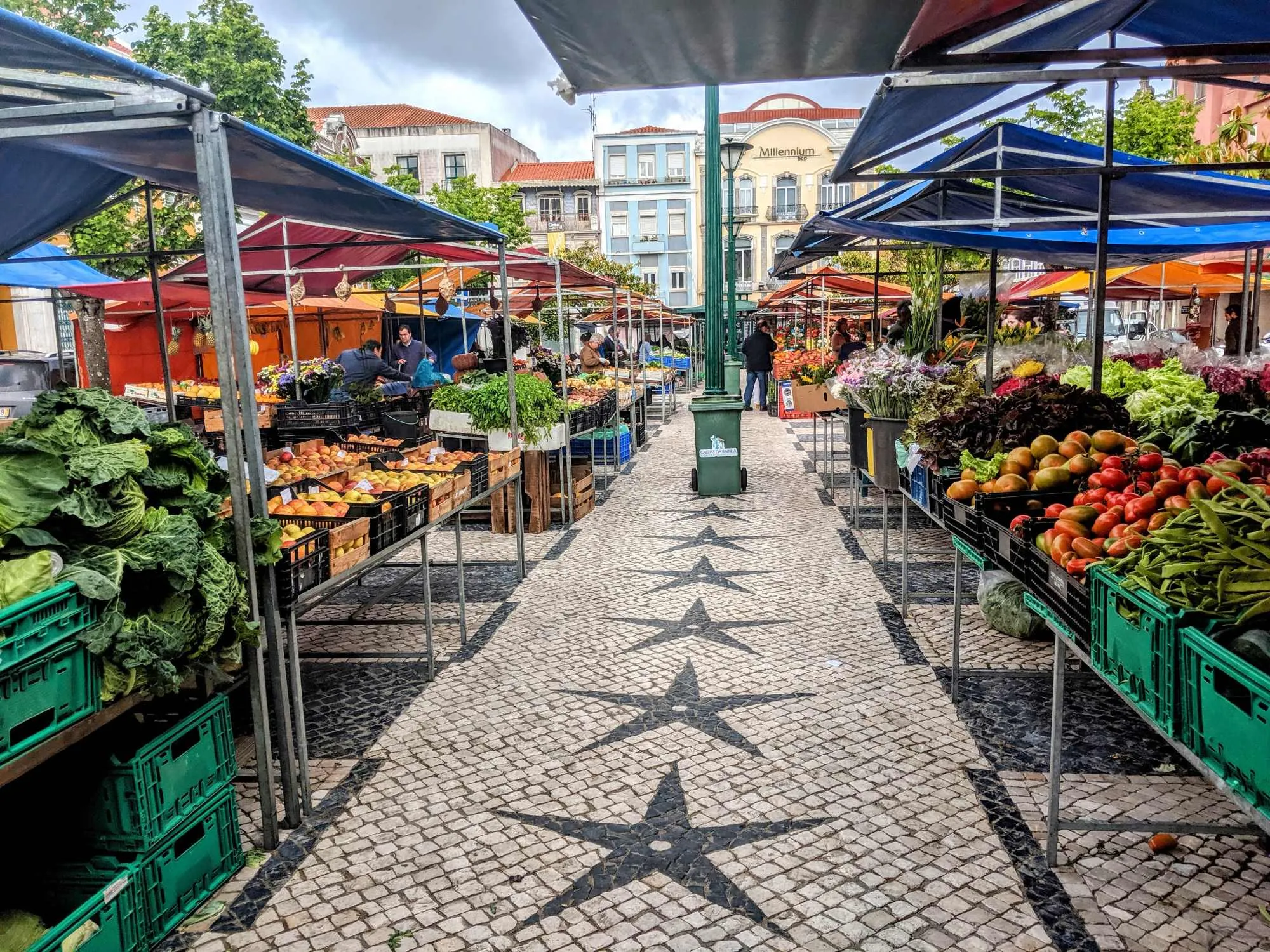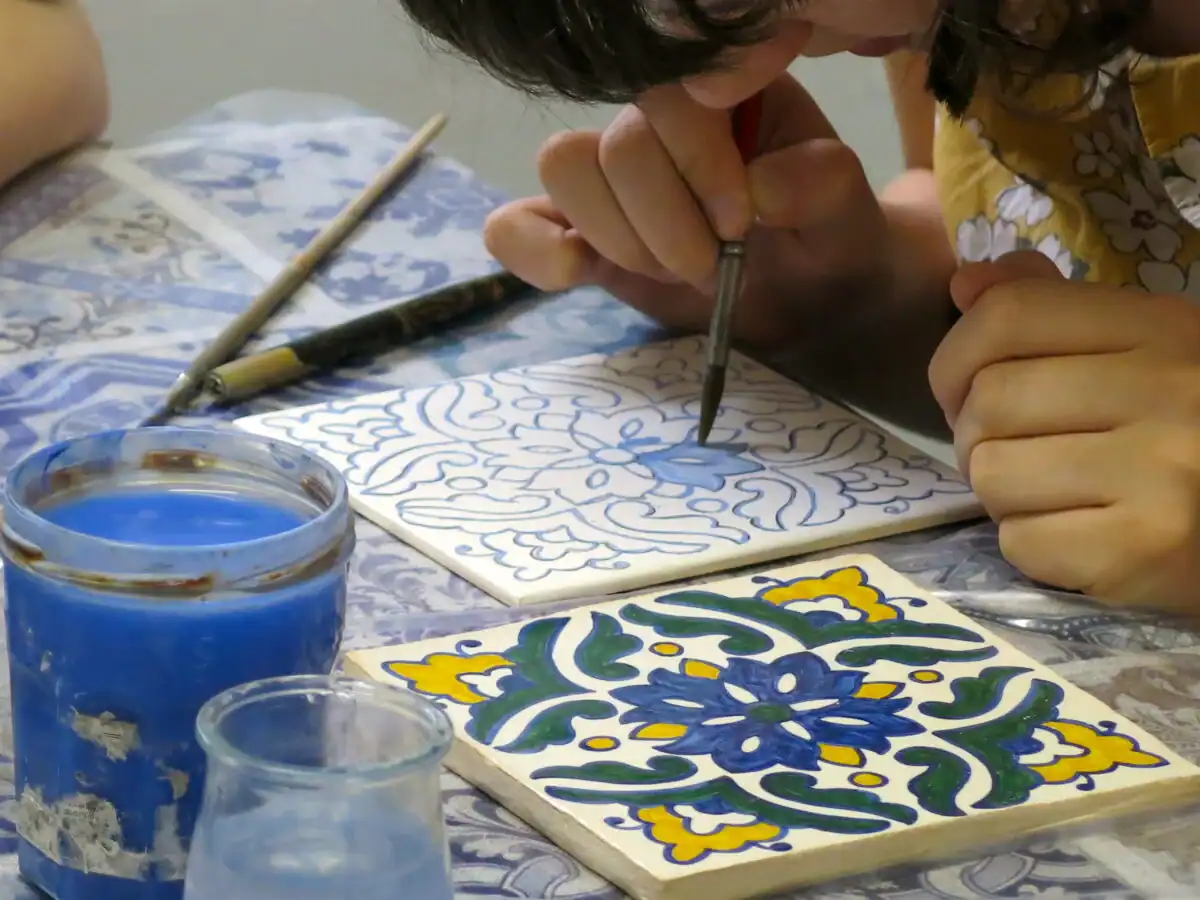Picture this: you’re sitting in a dimly lit restaurant in Lisbon’s ancient Alfama district when suddenly, the room falls silent. A spotlight illuminates a singer draped in black, and the haunting notes of a 12-string guitarra portuguesa fill the air with profound sorrow and beauty. This is your first encounter with Fado, the soul music of Portugal, and it perfectly captures what makes Portuguese culture so captivating for American travelers. It weaves together maritime history, deep emotional traditions, incredible food, and warm hospitality into an experience that goes far beyond typical European tourism. This is a culture that offers authentic connections to a way of life shaped by centuries of exploration, family bonds, and the uniquely Portuguese concept of saudade.
The Soul of Portuguese Culture: History and Identity
Portugal’s cultural identity stems from its position as Europe’s oldest nation-state and its incredible maritime legacy. The country’s long Atlantic coastline launched the Age of Discoveries, fundamentally shaping the Portuguese character through centuries of exploration, conquest, and cultural fusion. Before becoming a global maritime power, Portugal was a crossroads of civilizations. Prehistoric cultures, Pre-Roman Lusitanians, Roman rule, Germanic invasions, and profound Moorish influence all left their mark on the language, architecture, and agricultural traditions you’ll encounter today.
The voyages of the 15th and 16th centuries brought immense wealth and cultural exchange, as African, American, and Asian influences returned to Portuguese shores. This history fostered a national character defined by exploration, adaptability, and genuine hospitality—qualities you’ll experience firsthand when locals emphasize showing visitors not just monuments, but “how people actually live.”
The Concept of Saudade: Portugal’s Emotional Heartbeat
Understanding saudade is essential to grasping Portuguese culture. Often translated as nostalgia or longing, saudade is far more complex—it’s a deep, melancholic yearning for someone, something, or some feeling that’s absent, “what is lost and might never be found.” This emotion emerged from Portugal’s maritime history, when sailors departed for years-long voyages, leaving families behind in an uncertain wait.
Saudade isn’t just sadness; it’s a cultural response that cultivated a profound appreciation for present relationships. This explains why Portuguese traditions often value people over punctuality, why meals become long, cherished community celebrations, and why the concept permeates everything from Fado music to daily social interactions.
Fado Music: Listening to the Heartbeat of Portugal
Fado, meaning “fate,” is the musical embodiment of saudade and your gateway to understanding Portuguese emotional expression. This UNESCO-recognized art form originated in 19th-century Lisbon’s working-class maritime districts like Alfama and Mouraria. Here, sailors, marginalized communities, and everyday people used music to express their sorrows, hopes, and life’s harsh realities.
Traditional Fado performances feature a fadista (vocalist) accompanied by distinctive 12-string Portuguese guitars (guitarras portuguesas), classical guitars (violas), and sometimes a bass viola. The music’s expressive, profoundly melancholic character aims to evoke deep yearning, connecting everyone in the room through a shared emotional experience.
Two Distinct Fado Styles You’ll Encounter
Lisbon Fado represents the older, more famous style—raw, passionate, and often improvisational. Both men and women perform this style, typically expressing resignation or acceptance of life’s hardships. The legendary Amália Rodrigues, known as the “Queen of Fado,” propelled this genre onto the international stage, while modern artists like Mariza, Camané, and Ana Moura continue evolving the tradition.
Coimbra Fado is closely connected to the University of Coimbra’s academic traditions. More formal and rehearsed, it’s sung exclusively by male students in traditional dark robes and capes. Unlike Lisbon’s resigned tone, Coimbra Fado often inspires hope rather than surrender.
Experiencing Authentic Fado: What to Expect
To truly experience Fado, seek out an authentic casa de fados in Lisbon. You’ll arrive at a small, dimly lit restaurant filled with the aromas of traditional Portuguese cooking. Dinner becomes a slow, social affair until the lights dim further and a respectful silence falls over the room. As one traveler described the experience: “The singer was a woman with a powerful voice singing sad/melancholic songs which produces a strange feeling of enchantment and sorrow.” The music creates an intense emotional connection, sharing an authentic cultural experience that visitors consistently describe as unforgettable.
Azulejos: Portugal’s Storytelling Tiles
Azulejos, the painted tin-glazed ceramic tiles, represent one of the most visible art forms in Portuguese culture. These tiles adorn everything from grand palaces and churches to humble homes and subway stations, creating a visual timeline of the nation’s history. The word derives from the Arabic al-zillīj, meaning “polished stone,” acknowledging the art form’s Moorish origins.
An Evolution Through the Centuries
- 15th-16th Centuries: Following King Manuel I’s visit to Seville, Portugal began importing and experimenting with Spanish tiles, featuring the geometric patterns of the Moorish tradition.
- 17th Century: Known as the “century of patterns,” Portuguese workshops produced over 1,000 different repetitive designs, often in blue and yellow on white backgrounds.
- 18th Century: A major shift occurred toward large narrative panels, typically blue and white, influenced by Dutch Delftware. These murals transformed church and palace interiors into “books you could read,” depicting religious, mythological, or historical scenes.
- 19th Century: Azulejos moved outdoors as the rising bourgeoisie used them to embellish home façades, signaling social status and wealth.
Today, these tiles are so integral to the national heritage that it’s forbidden to demolish tile-covered buildings in Lisbon. They represent a unique art where decoration and architecture connect inseparably, telling Portugal’s story on the nation’s very walls.
Where to Find the Most Stunning Azulejos
- Porto: São Bento Train Station features 20,000 tiles depicting scenes from Portuguese history in its main hall. The exterior of Capela das Almas (Chapel of Souls) provides another breathtaking example.
- Lisbon: The National Tile Museum offers a comprehensive history of the art form. For in-situ examples, wander the streets of the Alfama district or explore the various art-adorned Metro stations.
- Beyond Major Cities: Cities like Évora, Braga, and Coimbra each showcase unique examples of tilework and distinct historical styles.
Portuguese Architecture: From Maritime Triumph to Modern Times
Portugal’s architectural landscape provides a clear narrative of its historical development. The triumphant spirit of the Age of Discoveries lives on in the Manueline style, an opulent and uniquely Portuguese late Gothic architecture that emerged during King Manuel I’s reign (1495-1521). This style features intricate ornamentation inspired by the sea—twisted ropes, armillary spheres, sea flora, and royal symbols carved in stone. Iconic examples like the Jerónimos Monastery and Belém Tower in Lisbon directly celebrate Portugal’s maritime prowess.
Following this period, immense wealth from the Brazilian colonies funded the rise of the 18th-century Baroque style. Portuguese Baroque, synonymous with the reign of D. João V, emphasizes splendor, ostentation, and lavish decoration, featuring gilt carvings and dramatic tile panels. Grand works like the Mafra Convent and Porto’s Clérigos Tower stand as confident testimonies to colonial power and prosperity.
These architectural styles, viewed alongside Fado’s emergence from the working-class hills of Lisbon, create a walking timeline of Portugal’s journey. Travelers can witness the celebration of discovery in Belém, the confidence of colonial wealth in the city centers, and the melancholy of a faded golden age echoing through Alfama’s narrow streets.
Portuguese Cuisine: More Than Pastéis de Nata
Portuguese cuisine directly reflects the country’s geography and history—it’s honest, generous, and deeply connected to the sea. For American travelers, understanding its core philosophy is key to appreciation: the focus isn’t on complex spice blends but on the purity and quality of incredibly fresh ingredients.
The Holy Trinity: Bread, Wine, and Olive Oil
These three elements form the foundation of every Portuguese table. Bread (pão) is essential to every meal and forms the basis for hearty soups and stews, especially in the Alentejo region. Broa, a dense, moist corn bread with a wonderfully crunchy crust, stands out as particularly special.
While many Americans associate Portuguese wine primarily with sweet Port, the country’s wine scene is incredibly diverse. The cool, green northern regions produce crisp, light, and slightly effervescent Vinho Verde. An important note: “verde” means “young,” referring to the wine’s release just months after harvest, not its color—it can be white, red, or rosé. The Douro Valley, famous for Port, also produces world-class dry red wines, while the Dão region creates elegant reds and Alentejo offers smooth, full-bodied varieties.
Essential Dishes for First-Time Visitors
- Bacalhau (Salted Cod): The national dish with supposedly more than 365 preparation methods—one for every day. Popular preparations include Bacalhau à Brás (shredded cod with onions, fried potatoes, and scrambled eggs) and Bacalhau com Natas (cod baked in a rich cream sauce).
- Fresh Seafood: Given Portugal’s long coastline, seafood stars on every menu. Grilled sardines, especially during summer festivals, are a simple, delicious staple. Polvo à Lagareiro (octopus roasted with garlic, olive oil, and potatoes) is beloved, while Cataplana de Marisco is a spectacular seafood stew cooked and served in a clam-shaped copper pot.
- Hearty Meats: Leitão à Bairrada (roast suckling pig) is a celebratory dish with incredibly crispy skin. Cozido à Portuguesa is a formidable stew of various meats, sausages, and vegetables. In Porto, the iconic Francesinha sandwich—bread, cured ham, sausage, and steak, all covered with melted cheese and a hot tomato-beer sauce—provides “pure indulgence,” according to travelers.
- Pastries and Sweets: Beyond the world-famous Pastel de Nata (custard tart), don’t overlook Queijadas (small cheese tarts) and regional conventual sweets originally made by nuns with abundant egg yolks, found in pastry shops (pastelarias) nationwide.
Understanding Portuguese Dining Culture
For many Americans, Portuguese dining culture requires a significant adjustment. Meals aren’t just for sustenance; they are long, social events for animated, passionate conversation with family and friends. Dinner is served late, with most locals eating around 8:30-9:00 PM, and restaurants often don’t open until 7:00 PM or later.
The couvert—bread, olives, butter, or small appetizers placed on your table at the beginning of a meal—commonly confuses first-time visitors. These aren’t complimentary; if you eat them, you will be charged. It’s perfectly acceptable to politely decline them.
The pace of service is intentionally relaxed, allowing guests to savor their food and conversation. Servers won’t rush you, and you’ll almost always need to ask for the bill (“a conta, por favor“) when you’re ready to leave. Some travelers find Portuguese food “bland” due to the lack of heavy spices, but this stems from a different cultural philosophy. As one local explained, “You grill fresh fish that was in the sea hours ago, add premium olive oil, and there you have it.” Seasoning stays simple “to not steal the spotlight from the protein.” Adjusting your palate to appreciate this simplicity is key to understanding the core tenets of Portuguese food culture.
Social Customs and Etiquette: Navigating Portuguese Society
Portuguese society is built on the foundations of strong personal relationships, conservative values, and a clear social hierarchy. Successfully navigating social graces requires understanding the nuances that govern interactions.
Family First: The Central Pillar of Society
Family is the cornerstone of the Portuguese social structure. Nuclear families maintain incredibly strong ties with extended family, including aunts, uncles, cousins, and godparents (padrinhos), who play significant roles in children’s lives. It’s common for three generations to live under the same roof, and adult children often live with their parents until marriage. This deep-seated family value explains why punctuality often takes a backseat to relationships—people are considered more important than schedules.
Children are completely integrated into social life and welcomed nearly everywhere. It’s common to see families with young children dining out late at night or participating in local festivals that continue past midnight. This inclusive approach reflects the centrality of the family unit and the community-oriented nature of Portuguese society.
Essential Etiquette for American Visitors
- Greetings: Initial greetings with strangers typically involve a firm handshake with direct eye contact. Once a personal relationship is established, greetings become more informal. Women, and men greeting women, exchange two cheek kisses (beijinhos), starting with the right cheek. Close male friends may share hugs and back pats.
- Formality and Titles: Portugal maintains a hierarchical culture that respects age and position. Use formal titles—Senhor for Mr. and Senhora for Ms.—followed by the surname when addressing someone, unless you are explicitly invited to use their first name. This formality in the public sphere demonstrates respect.
- Conversation: Safe small talk topics include food, wine, family, and especially football (soccer). Avoid sensitive subjects like politics, the Portuguese Colonial War, or personal finances with people you don’t know well. A critical cultural tip: never speak Spanish to Portuguese people or assume the languages are interchangeable. Portuguese people are very proud of their distinct language and identity.
- Punctuality: The relaxed attitude toward time applies mainly to social situations. Arriving 15 minutes late for a dinner invitation at someone’s home is acceptable, and 30-60 minutes late for a large party is common. However, for formal appointments or business meetings, greater punctuality is expected.
This apparent contradiction between formality (titles, conservative dress) and informality (lateness, emotive communication) is best understood by recognizing the clear lines between public/professional and private/personal spheres. Visitors should default to formal behavior. As relationships develop, you may be invited into the more relaxed, personal sphere—a transition often marked by the shift from a handshake to beijinhos.
Celebrating Like a Local: Portugal’s Unforgettable Festivals
To witness Portuguese culture at its most vibrant and communal, you must experience its festivals (festas). These events, whether sacred or secular, are deeply participatory and offer fantastic opportunities for travelers to celebrate alongside locals.
The June Festivals: When Cities Come Alive
June marks the month of Santos Populares (Popular Saints), when Portugal’s two largest cities erupt in massive street parties.
- Santo António in Lisbon (June 12-13): The city honors its patron saint with arraiais (street parties) that take over historic neighborhoods like Alfama and Graça. The streets are draped in colorful garlands, the air fills with the scent of grilled sardines served on slices of bread, and locals exchange small basil pots containing romantic poems as tokens of affection.
- São João in Porto (June 23-24): Porto’s midsummer festival is a wild, joyful affair with unique traditions. Revelers take to the streets, playfully hitting each other with plastic toy hammers (martelinhos) or stalks of garlic flowers. As night falls, thousands of small hot-air lanterns are released into the sky, creating a breathtaking spectacle over the Douro River, followed by a massive fireworks display.
Firsthand accounts of São João describe it as an unforgettable, surreal experience. As one traveler recounted, “The night behind me felt like fiction… you arrived for the fireworks, you leave with bruises, stories and a sunrise you didn’t plan for.” The festival isn’t polished or commercialized; it’s an authentic, community-driven celebration that sweeps visitors into its energy. The advice for attendees is simple: “Pack your dancing shoes and maybe a helmet.”
Sacred Traditions: Holy Week and the Fátima Pilgrimage
Religion remains an important part of Portuguese culture, most evident in its solemn religious celebrations. During Semana Santa (Holy Week), towns nationwide hold processions, with Braga’s being particularly renowned for its magnificence and elaborate decorations.
Twice a year, in May and October, hundreds of thousands of pilgrims journey to the Sanctuary of Fátima, one of Catholicism’s most important Marian shrines. These pilgrimages, which commemorate the reported apparitions of the Virgin Mary to three shepherd children in 1917, are profound displays of faith. These events offer a different, more contemplative window into the Portuguese soul.
Regional Differences: One Country, Many Cultures
Despite its small size, Portugal showcases remarkable diversity. The culture, landscape, and even the accents change dramatically between regions. For travelers, choosing a destination often depends on understanding these regional characteristics.
Lisbon vs. Porto vs. The Algarve: Finding Your Perfect Match
- Lisbon: The capital is a vibrant, cosmopolitan hub. It’s larger, more versatile, and has a distinctly international feel, boasting a booming arts scene and a large expat community. Some feel this global influx has diluted its traditional Portuguese character, with one observer noting, “You will hear every language except Portuguese while sitting in local cafes.”
- Porto: Portugal’s second city is smaller, quieter, and often perceived as more traditional and authentic. It’s a city with a stronger identity, built on a hardworking, industrial past. Many visitors find it has more charm and a better-preserved local culture, despite growing tourism.
- The Algarve: The southernmost region is famous for its stunning golden beaches, dramatic cliffs, and sunny weather. The culture here is more laid-back and heavily influenced by tourism, especially in coastal towns during the summer. However, away from the main resorts, in the hills and plains, traditions remain “unchanged for many centuries.”
| Feature | Lisbon | Porto | The Algarve |
| Vibe | Cosmopolitan, bustling, international | Traditional, hardworking, authentic | Laid-back, sun-soaked, tourist-friendly |
| Pace of Life | Faster, more energetic | More deliberate and reserved | Slower, seasonal rhythm |
| Signature Dish | Grilled Sardines (during festivals) | Francesinha | Cataplana de Marisco |
| Cultural Icon | Alfama’s Fado Houses | Douro River & Port Wine Cellars | Benagil Cave & Golden Beaches |
Essential Practical Tips for Cultural Immersion
Engaging respectfully and confidently with Portuguese culture requires practical knowledge. These essential tips, gathered from experienced travelers and expats, will ensure a smooth and immersive journey.
10 Essential Tips for American Travelers
- Wear Comfortable, Grippy Shoes: Portugal’s beautiful cobblestone streets (calçada Portuguesa) define its cities but are uneven and extremely slippery when wet. Good footwear is non-negotiable for exploring on foot.
- Always Carry Euros: While credit cards are widely accepted in larger hotels and restaurants, many smaller establishments, local cafes, and markets are cash-only. Always have some euros on hand.
- Learn Basic Portuguese Greetings: Simple phrases like Bom dia (Good morning), Por favor (Please), and Obrigado/Obrigada (Thank you, male/female) are appreciated and show respect for the local culture.
- Embrace Late Dinners: Adjust your internal clock. Restaurants often don’t open for dinner until 7:00 PM or later, with locals commonly dining around 8:30-9:00 PM. Seeking dinner at 6:00 PM will likely lead to tourist-focused establishments.
- Use the Right ATMs: Withdraw cash from official Multibanco ATMs operated by Portuguese banks, which offer fair exchange rates. Avoid independent ATMs like Euronet, which often charge exorbitant fees. When withdrawing, always choose to be charged in euros, not your home currency, to avoid poor conversion rates.
- Tipping is Appreciated, Not Required: Tipping isn’t obligatory like in the United States. However, for good service in a restaurant, rounding up the bill or leaving a 5-10% cash tip is common and welcome. For taxi drivers, rounding up to the nearest euro suffices.
- Adjust to a Slower Pace: Life in Portugal, especially outside Lisbon, moves at a more relaxed rhythm. Service in restaurants and shops can be slower than Americans might expect. Embrace this as part of the cultural experience and practice patience.
- Dress Modestly for Religious Sites: When visiting churches, monasteries, or other religious sites, dress modestly by covering your shoulders and knees as a sign of respect. Carrying a light scarf or wrap will ensure you’re always prepared.
- Distinguish from Spain: The Portuguese people pride themselves on their unique history, culture, and language. Never speak Spanish unless you know the person speaks it, and avoid making comparisons to Spain. This is a common and significant cultural faux pas.
- Be Aware of Petty Crime: Portugal is among the world’s safest countries, but like any popular destination, petty crime such as pickpocketing can occur in crowded tourist areas in Lisbon and Porto. Be mindful of your belongings, especially on public transport, and never leave valuables visible in a rental car.
Portuguese culture offers an experience for the senses and the soul. It is found in the mournful notes of Fado echoing through medieval alleys, the taste of fresh fish grilled simply by the sea, the warmth of a multi-generational family dinner that lasts for hours, and the joyful energy of a chaotic street festival. This culture doesn’t always reveal itself quickly; it asks for patience, observation, and a willingness to engage on its own terms. It rewards travelers who slow down, listen, and savor—with rich experiences found at dinner tables, in village squares, and in the hearts of a proud, welcoming people.
Read more:
